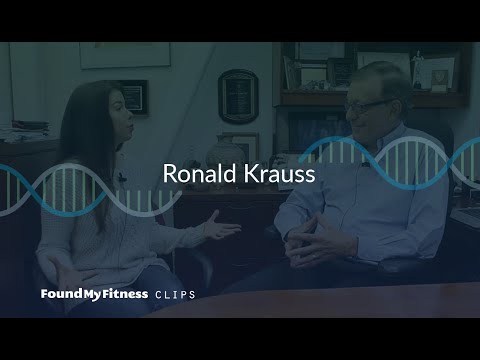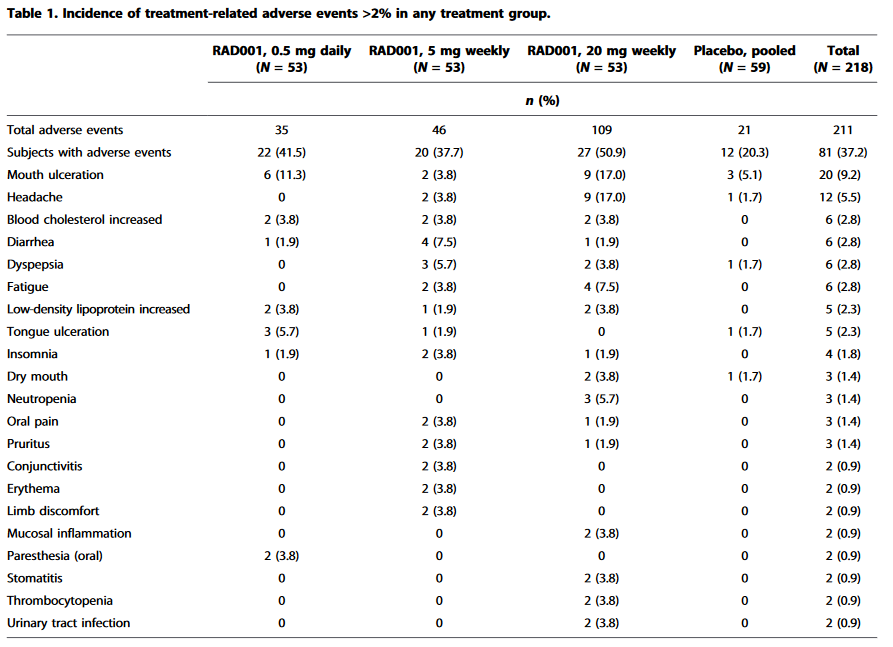These are mouse studies using mice who have high LDL-C because their LDL receptors have been knocked out. In the JCI paper, LDLR-/- mice “challenged with LPS had an eightfold increased LD50 [after a lethal challenge with LPS]” and inflammatory cytokines “were decreased twofold. LDLR-/- mice had significantly lower and delayed mortality than control mice after infection with Klebsiella pneumoniae.” They provide evidence that it’s the high LDL-C that does it, not some other aspect of the model.
The ATVB paper finds that LPS causes less inflammatory activation of monocytes in the same mice. This is actually in conflict with the JCI paper, which finds that “the LPS-
stimulated in vitro production of cytokines by peritoneal macrophages of LDLR-/- mice was significantly increased compared with controls.”
Another paper used both the LDLR-/- mice and an APOE knockout (both of which have high levels of LDL-C but for different reasons:
To determine whether higher levels of serum cholesterol could enhance the organ burdens of [the Lyme disease (Borrelia burgdorferi) and relapsing-fever (Borrelia hispanica) agents] in laboratory mice
Both apoE- and LDLR-deficient mice infected with B. burgdorferi had an increased number of spirochetes in the joints and inflamed ankles compared with the infected wild-type (WT) mice, suggesting that mutations in cholesterol transport that result in high serum cholesterol levels can affect the pathogenicity of B. burgdorferi. In contrast, elevated serum cholesterol did not lead to an increase in the spirochetemia of B. hispanica. In the LDLR-deficient mice, the course of infection was indistinguishable from the WT mice. However, infection of apoE-deficient mice with B. hispanica resulted in a longer spirochetemia and increased mortality. Together, these results argue for the apoE deficiency, and not hypercholesterolemia, as the cause for the increased severity with B. hispanica. Serum hyperlipidemias are common human diseases that could be a risk factor for increased severity in Lyme disease."
https://www.pnas.org/doi/10.1073/pnas.1502561112
In a different mouse model,
PCSK9 inhibition reduces mortality in septic mice, presumably through increased hepatic clearance of pathogen lipids due to increased lipoprotein receptor concentrations. … Wild-type, PCSK9 knockout (KO), and transgenic (Tg) mice that overexpress PCSK9 were subjected to sham surgery or cecal ligation and puncture (CLP)…
Results: Overexpression of PCSK9 in mice increased liver and kidney pathology, plasma IL-6, ALT, and TAT concentrations during sepsis, whereas PCSK9 KO mice exhibited reduced bacterial loads, lung and liver pathology, myeloperoxidase activity, plasma IL-10, and cfDNA during CLP-induced sepsis. … Dyspnea, cyanosis, and overall grimace scores were greatest in septic mice overexpressing PCSK9, whereas PCSK9 KO mice retained core body temperature during sepsis.
Differential Expression of PCSK9 Modulates Infection, Inflammation, and Coagulation in a Murine Model of Sepsis - PubMed
So the mouse evidence is mixed depending on the pathogen and the model. In human studies the evidence seems to point to either no effect or to high LDL-C driving worse outcomes in severe infections:
"We evaluated the impact of PCSK9 loss-of-function (LOF) genotype on both 1-year mortality and infection-related readmission (IRR) after an index sepsis admission. … In the Derivation cohort, patients carrying multiple PCSK9 LOF alleles showed lower risk for the composite outcome 1-year death or IRR (HR: 0.40, P = 0.006), accelerated reduction on neutrophil counts (P = 0.010), and decreased levels of PCSK9 (P = 0.037) compared with WT/single LOF groups. Our meta-analysis revealed that the presence of multiple LOF alleles was associated with lower 90-day mortality risk (OR = 0.69, P = 0.020).
https://www.thelancet.com/journals/ebiom/article/PIIS2352-3964(18)30536-X/fulltext
Among 10,924 Black participants, PCSK9 LOF variants were present in 244 (2.2%). Serious infection hospitalizations occurred in 779 participants (14 with PCSK9 variants and 765 without). The presence of PCSK9 variants was not associated with infection risk (adjusted HR 0.68; 95% CI: 0.38-1.25). Among participants hospitalized for a serious infection, the presence of PCSK9 variants was not associated with sepsis (adjusted OR 7.31; 95% CI = 0.91-58.7).
PCSK9 loss-of-function variants and risk of infection and sepsis in the Reasons for Geographic and Racial Differences in Stroke (REGARDS) cohort - PubMed
Those are observational studies. Here is a high-stakes clinical trial:
In this double-blind, placebo-controlled, multicenter pilot trial, 60 patients hospitalized for severe COVID-19, … were randomized 1:1 to receive a single 140-mg subcutaneous injection of evolocumab [PCSK9 inhibitor] or placebo. … Patients randomized to receive the PCSK9 inhibitor had lower rates of death or need for intubation within 30 days vs placebo (23.3% vs 53.3%, risk difference: –30%; 95% CI: –53.40% to –6.59%). Serum IL-6 across time was lower with the PCSK9 inhibitor than with placebo (30-day decline: –56% vs –21%). Patients with baseline IL-6 above the median had lower mortality with PCSK9 inhibition vs placebo (risk difference: –37.50%; 95% CI: –68.20% to –6.70%).
Impact of PCSK9 Inhibition on Clinical Outcome in Patients During the Inflammatory Stage of the COVID-19 [IMPACT-SIRIO 5]; NCT04941105)
PCSK9 Inhibition During the Inflammatory Stage of SARS-CoV-2 Infection - PMC
Collected data from clinical trials revealed that treatment with PCSK9 inhibitors has beneficial effects in lowering LDL-C via inhibition of LDL-receptors (LDL-R), an antiviral effect on HCV infection via down-regulating the surface expression of LDL-R and CD81 on hepatic cells, and a positive association with increased inflammatory responses, as well as with septic shock by down-regulation of hepatocyte LDL-R.
PCSK9 and infection: A potentially useful or dangerous association? - PubMed
In considering the above papers, it bears remembering that statins and low-saturated-fat diets also lower the concentration of LDL receptors on the liver.
In the bigger picture, cardiovascular disease kills far more people than infections in every adult age group — and it results from cumulative exposure to LDL-C/apoB. By contrast, if you really want to, you can always drop your statin when you have a severe infection.

